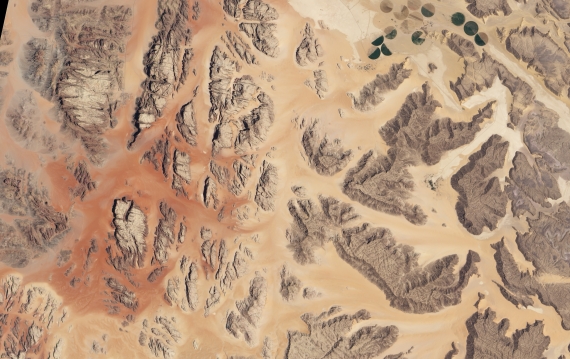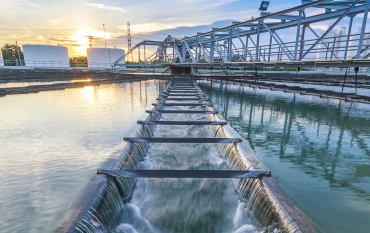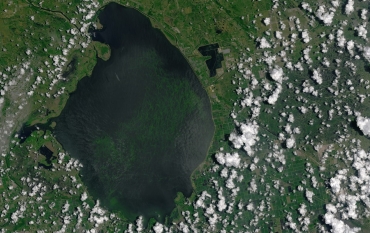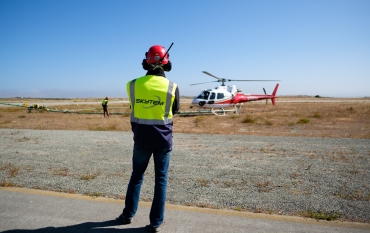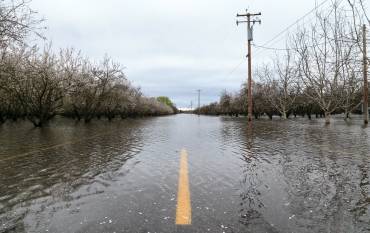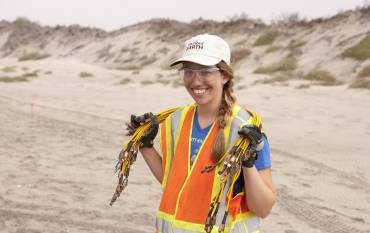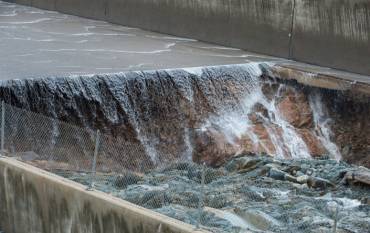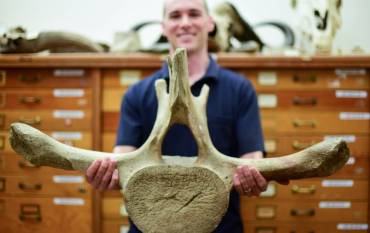The Stanford School of Earth, Energy & Environmental Sciences is now part of the Stanford Doerr School of Sustainability.
This page is currently being maintained for archival purposes only. For the latest information, please visit us here.
Fresh Water Resources
August 4, 2017
Stanford News Service
May 31, 2017
Stanford School of Earth, Energy & Environmental Sciences
Stanford Earth’s Rosemary Knight recently spearheaded a project to map underground freshwater resources and forecast the intrusion of saltwater into aquifers beneath the California coastal town of Marina.
April 12, 2017
Stanford School of Earth, Energy & Environmental Sciences
March 21, 2017
Stanford School of Earth, Energy & Environmental Sciences
Stanford Professor Noah Diffenbaugh warns that heavy California rains like those experienced this past winter are here to stay.
March 13, 2017
Stanford School of Earth, Energy & Environmental Sciences
December 19, 2016
Stanford School of Earth, Energy & Environmental Sciences
- 1 of 4
- next ›
Subscribe to Earth Matters
A free monthly bulletin for your inbox




